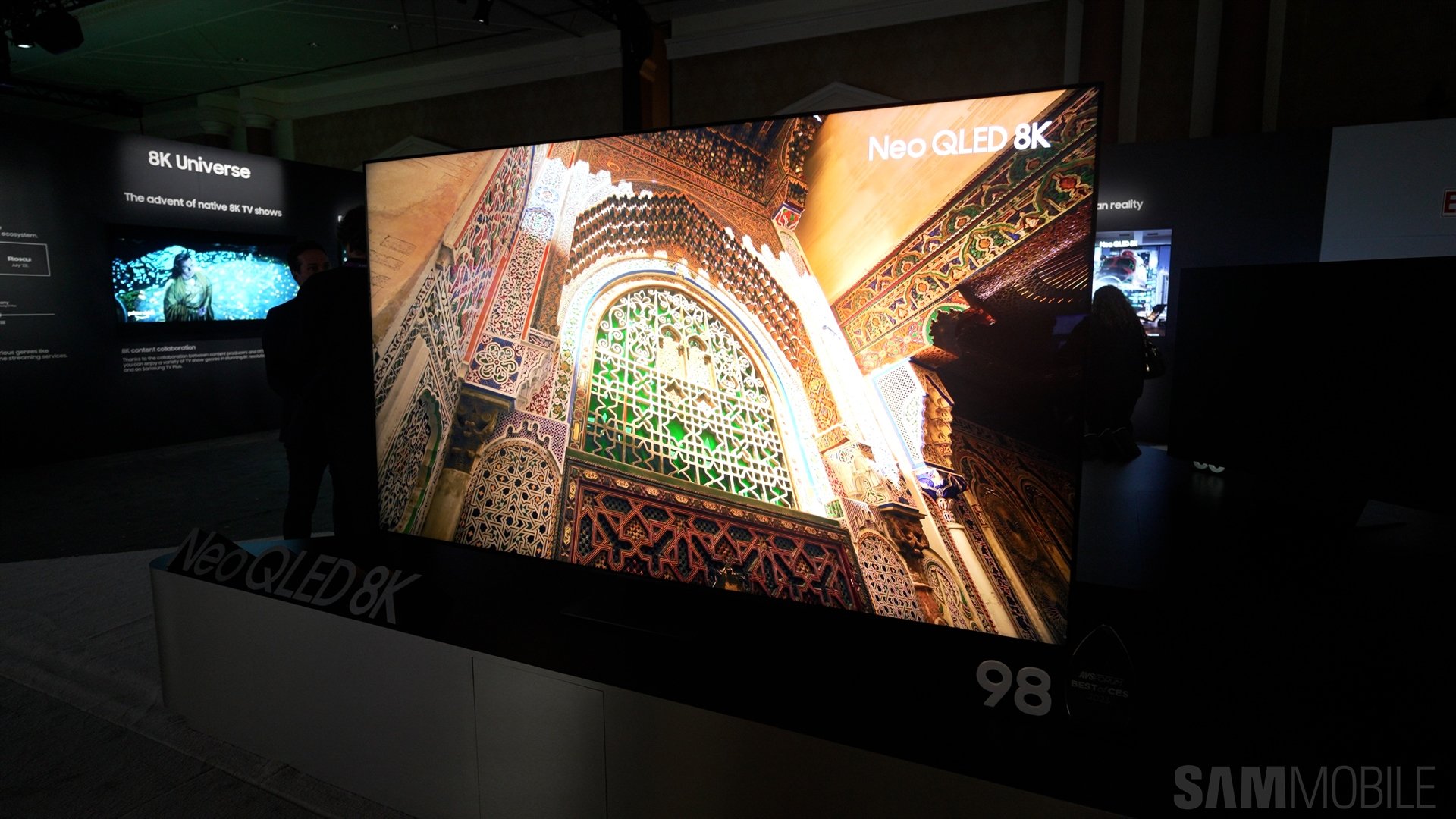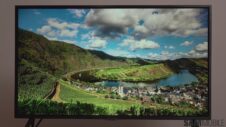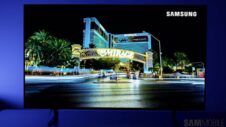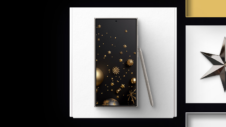The technological basis of Samsung's Neo QLED, QLED, and QD-OLED TVs is so impressive that its creators have won a Nobel Prize. Samsung announced today that the three scientists who have discovered and synthesized quantum dots earned this year's Nobel Prize in Chemistry.
Although Samsung didn't invent quantum dots, the company has used this advanced technology for the past six years. The company released its first QLED TVs boasting a quantum dot filter in 2017.
Fast forward to 2023, and the company proudly announced that the Nobel Prize in Chemistry was awarded to the three scientists who developed the technology: Moungi G. Bawendi of the Massachusetts Institute of Technology, Louis E. Brus of Columbia University, and Alexei I. Ekimov of Nanocrystals Technology Inc.
Senior Marketing Director of TV & Audio at Samsung Benelux, Tonnie van Schijndel, said “This year's Nobel Prizes clearly demonstrate that Samsung is at the forefront of TV innovation.”
Story continues after the video
Why are quantum dots so extraordinary?
Quantum dots act as light converters capable of increasing color intensity without sacrificing brightness. True to their names, these quantum dots are smaller than the diameter of a human hair. Samsung places these quantum dots on the diodes or between the color filters and the screen of some of its TV models, which results in a rich and realistic color palette.
You can read more about Samsung's different TV types and how quantum dots form the basis of Neo-QLED, QLED, and QD-OLED TVs in our articles linked below.
- What is a QLED TV?
- What is a QD-OLED TV?
- QLED vs QD-OLED vs Micro LED: Which is better?
- Samsung QD-OLED vs QLED TVs: What’s the difference?
Samsung says this new quantum dot technology has allowed its TVs to set new standards in picture quality, color intensity, brightness, contrast, and viewing angles.
Quantum dots are small nanocrystals capable of absorbing photos and emitting new ones in different colors. The technology is used by different Samsung TV models in varying ways. In essence, QLED panels use quantum dots for white light and improved HDR, whereas QD-OLED TVs use quantum dots for color reproduction, replacing conventional color filters and converting colors on subpixels.







